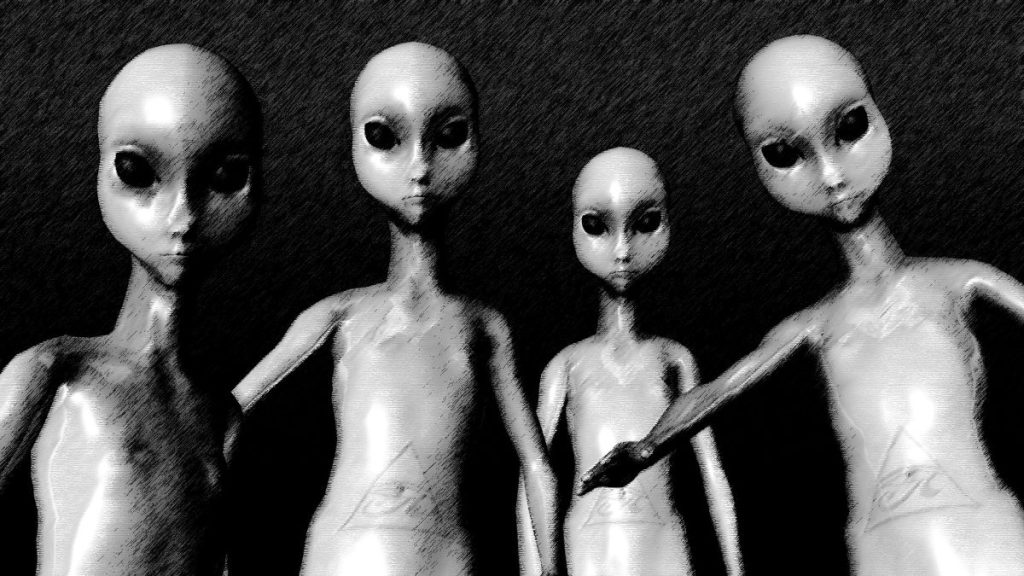For decades, humans have looked to the stars and wondered why, in such a vast universe, no one seems to be answering back.
Others are reading now
Scientists, writers and conspiracy theorists alike have all offered ideas, but a new explanation from NASA might just be the most down-to-earth one yet.
A simpler universe
Dr Robin Corbet, an astrophysicist at NASA’s Goddard Space Flight Center, believes there may be a much simpler reason for the silence.
In his new paper, A Less Terrifying Universe?, he suggests that extraterrestrial civilizations might not be as advanced as we’ve imagined, or as capable of reaching out as science fiction makes them appear.
He points to what’s known as the “Fermi paradox”, the contradiction between the high likelihood of alien life and the lack of any evidence for it.
According to Corbet, it may simply be that no species in our galaxy has yet developed technology powerful enough for interstellar communication or travel.
Also read
Too far, too slow
Dr Corbet explains that even with our best technology, reaching the nearest potentially habitable planet, Proxima Centauri b, would take around 100,000 years.
If alien civilizations face similar limits, the chances of any species casually dropping by for a chat become extremely slim.
He also dismisses the idea that alien societies could easily send fleets of robotic probes across the stars, saying that such “super-science” levels of engineering might not actually exist anywhere, at least not yet.
Scared of what they see
Other researchers have a more unsettling theory. Dr Gordon Gallup, a biopsychologist at the University of Albany, believes intelligent life might be deliberately avoiding us.
He argues that aliens could view humanity as too dangerous, citing our capacity for self-destruction through war and environmental damage.
Also read
“If there is intelligent life elsewhere, they may view humans as extremely dangerous,” Gallup said.
“Maybe this is why there is no proof or compelling evidence of extraterrestrial intelligence. We pose too great a risk, and they do not want to be discovered.”


